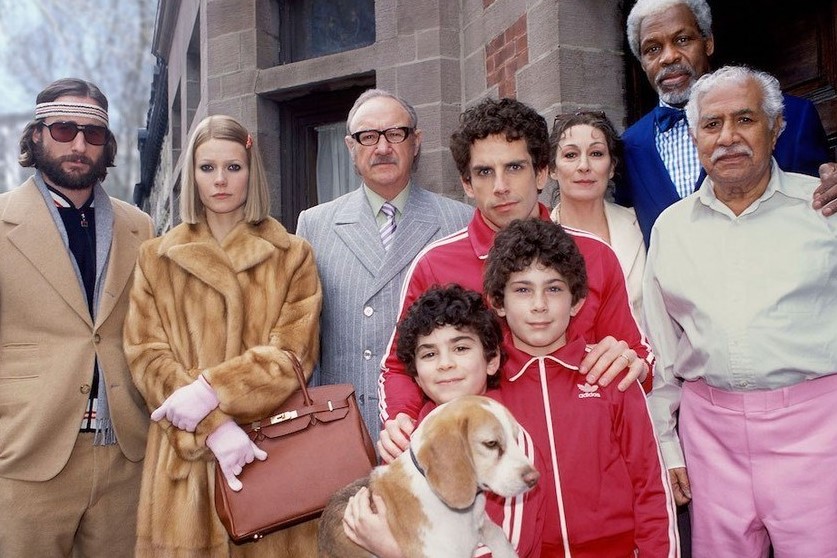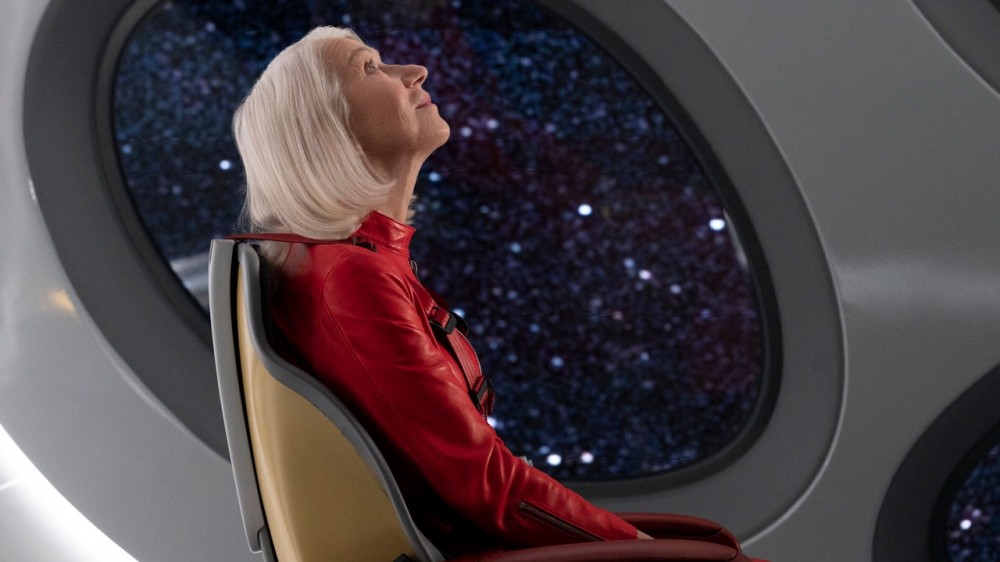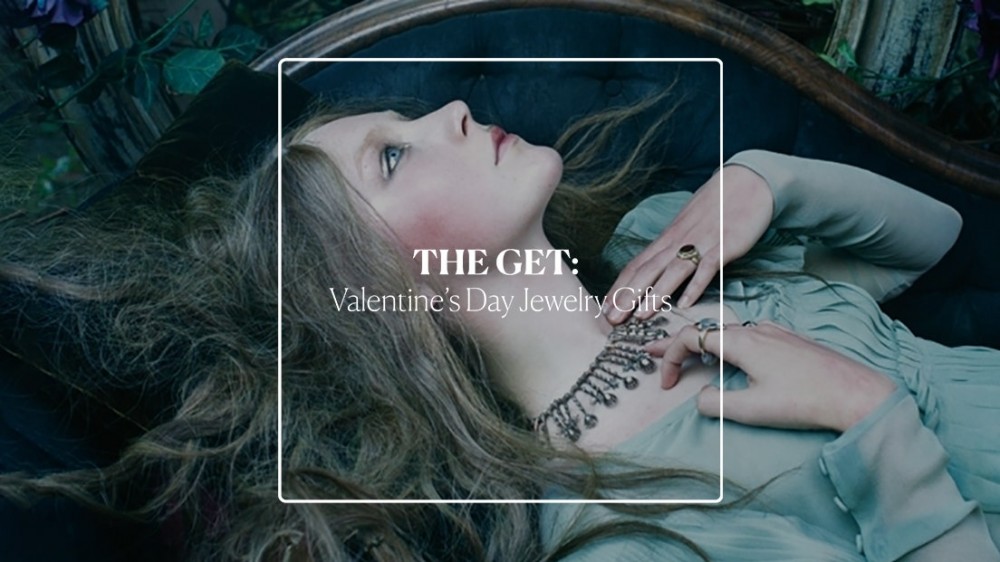

Why the Royal Tenenbaums is still fashion’s favourite cult classic
From Miu Miu to Gucci to Fendi, we reflect on the sartorial legacy of the Wes Anderson staple
Critics of Wes Anderson often accuse him of focusing on style over substance. But what about when the substance is in the style? That’s the case in The Royal Tenenbaums, where each character’s wardrobe is a window into their past, their dreams, and their secrets. The stylish 2001 film (with an equally stylised soundtrack featuring The Velvet Underground, Nico and Elliott Smith) was Anderson’s first mainstream success, cementing his signature style in the public eye. Working with costume designer Karen Patch, the film created some of contemporary cinema’s most enduring style icons and featured custom-made garments from Fendi, adidas, and Hermès which themselves went on to inspire collections by Gucci, Miu Miu, and Lacoste.
Set in 70s New York, it paints a portrait of a once great family in decline. The Tenenbaums cling onto former successes, often through their clothes. Margot, Richie, and Chas are all former child prodigies, the kind of people who would probably have a lot to say each time “gifted and talented” discourse returns to Twitter. They’re burnt out, depressed, and disillusioned with adulthood. When they return to their childhood home after 17 years, a lot has changed, but a lot has stayed the same – most notably their clothes. Each of the Tenenbaums has a hard time letting go of the past. The film is also a lesson in the power of uniform dressing. The characters wear the same classic pieces they love over and over. After all, if it ain’t broke, why fix it? Important principles to remember as we try to approach fashion more sustainably.
Margot’s signature style is by far the most recognisable and repeated of all the Tenenbaum clan, but each character has their own unique look that Anderson uses to build their world. As the movie turns 20, we dive into the film’s best fashion moments and trace their cultural legacies.



